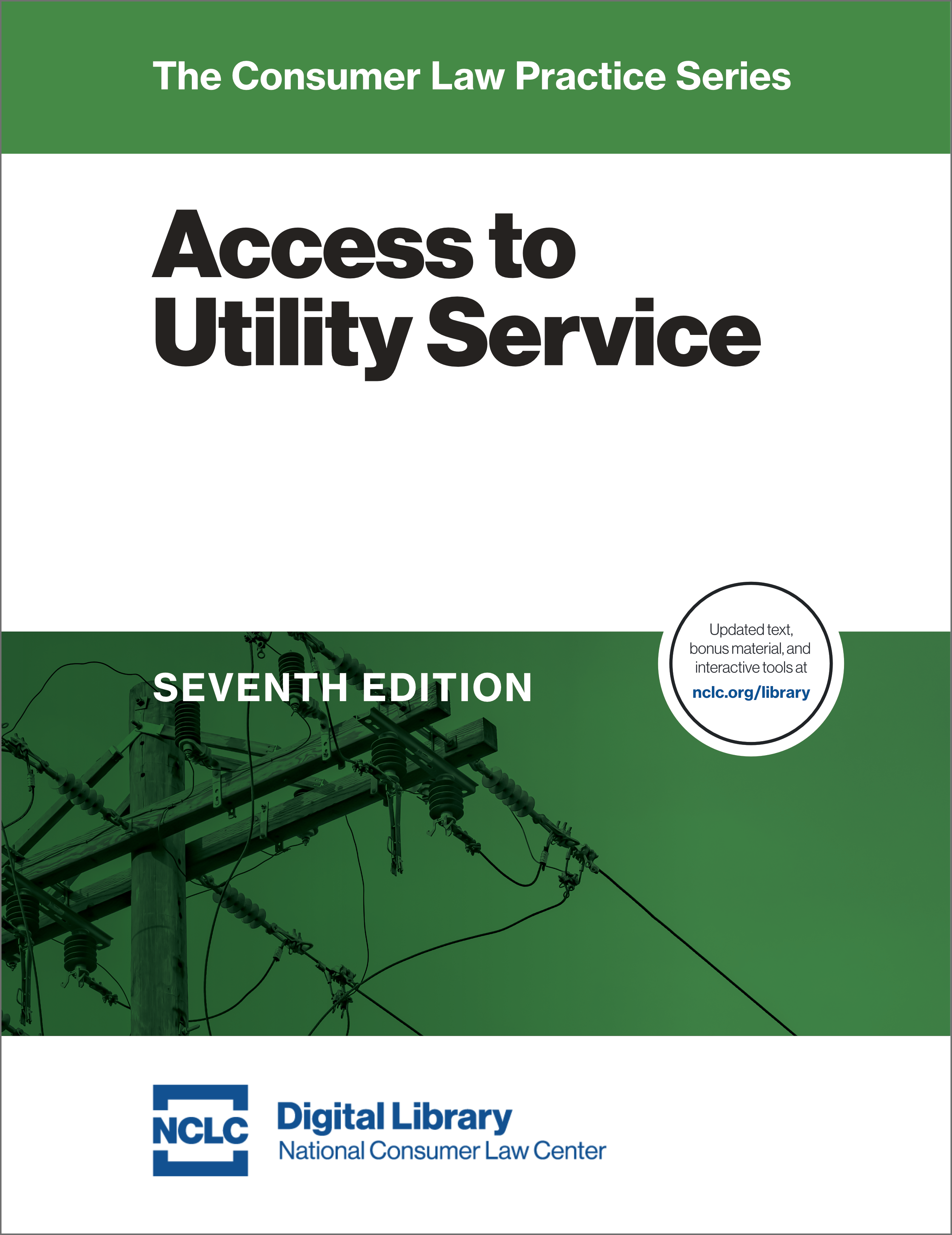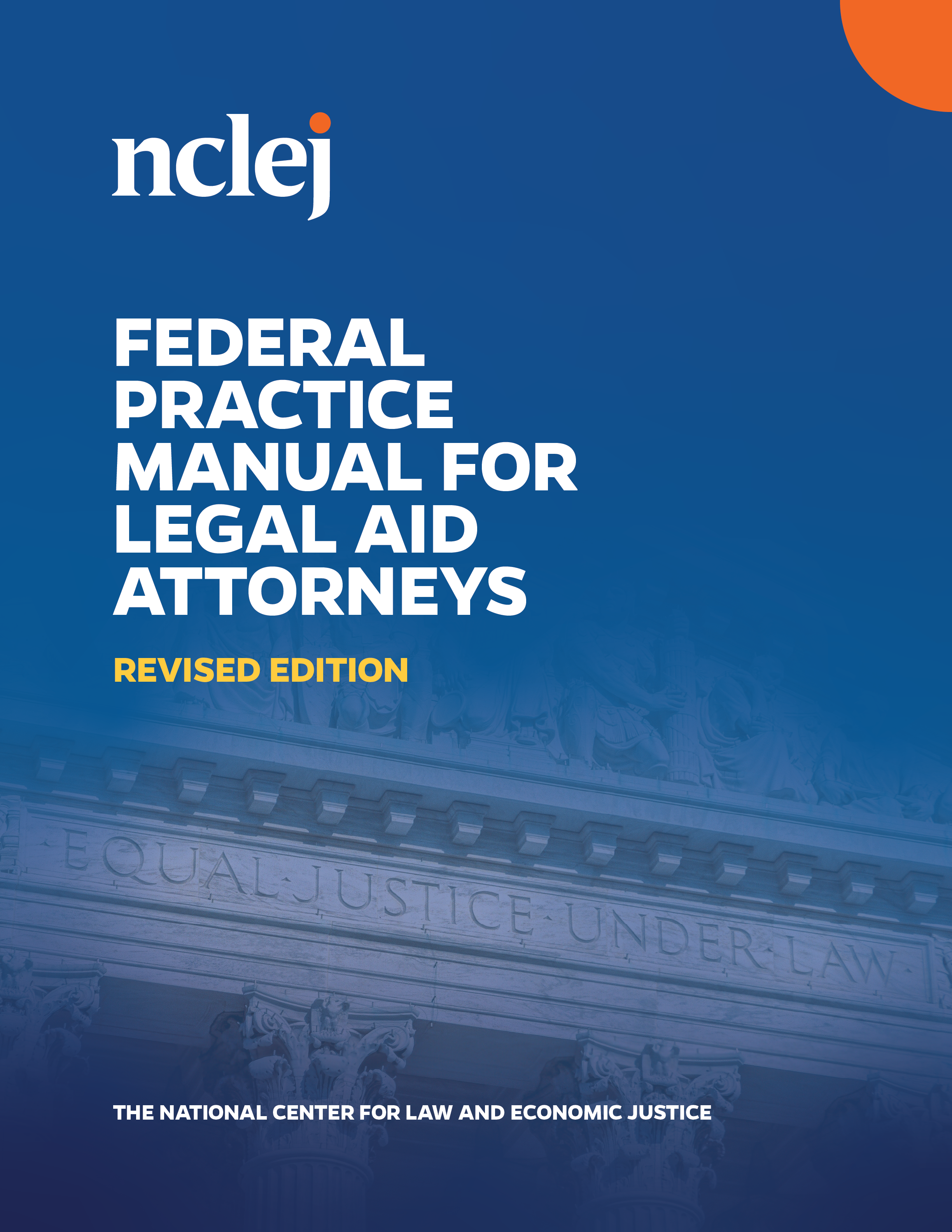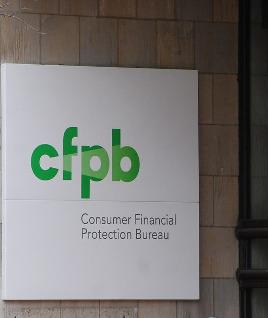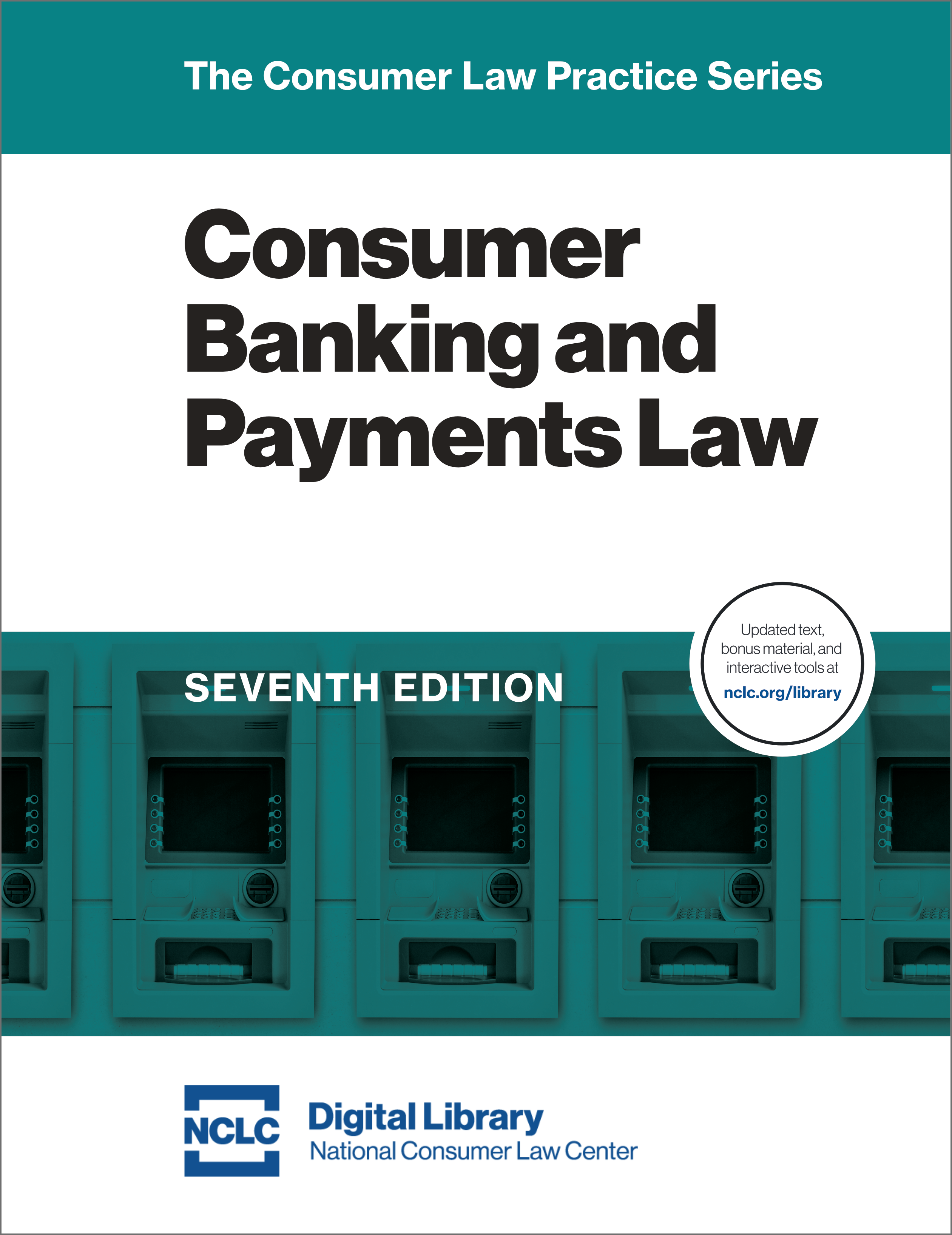Getting Money Back for Scammed Consumers
This article explains scammed consumers’ best approaches to retrieve their money, depending on the method used for its payment. The article covers unusual payment methods preferred by scammers, such as gift cards, wires, prepaid cards, remotely created payment orders, express mail of cash and money orders, and not just credit or debit cards.






